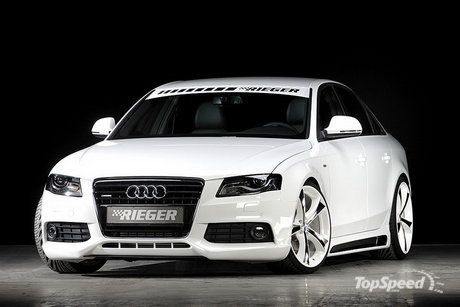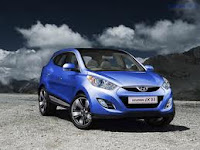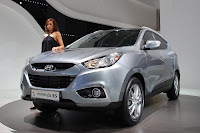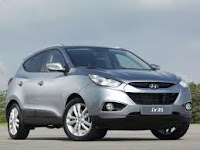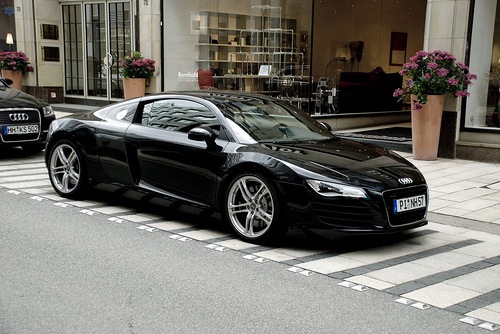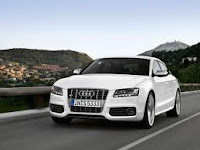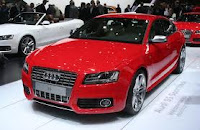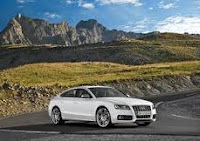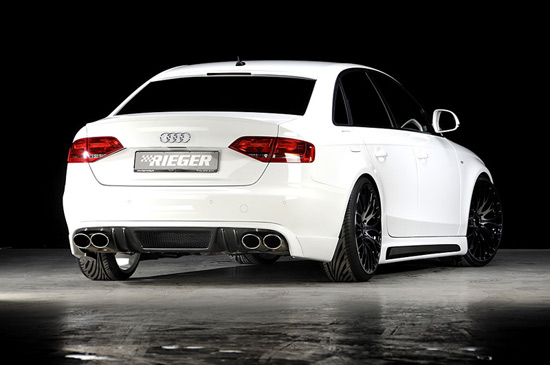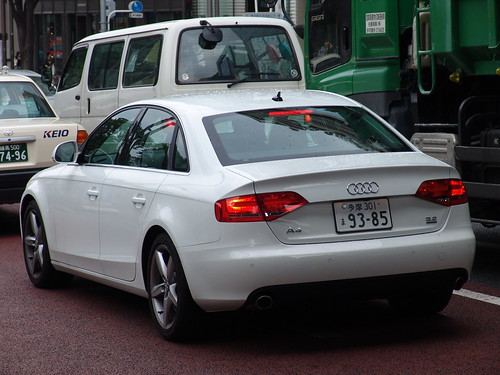At first, Ford in Germany and Ford in Britain built different models from one another until the late 1960s, with the Ford Escort and then the Ford Capri being common to both companies. Later on, the Ford Taunus and Ford Cortina became identical, produced in left hand drive and right hand drive respectively. Rationalisation of model ranges meant that production of many models in the UK switched to elsewhere in Europe, including Belgium and Spain as well as Germany. The Ford Sierra replaced the Taunus and Cortina in 1982, drawing criticism for its radical aerodynamic styling, which was soon given nicknames such as "Jellymould" and "The Salesman's Spaceship."Increasingly, the Ford Motor Company has looked to Ford of Europe for its "world cars," such as the Mondeo, Focus, and Fiesta, although sales of European-sourced Fords in the U.S. have been disappointing. The Focus has been one exception to this, which has become America's best selling compact car since its launch in 2000.[citation needed]
Members of the board as of early 2007 are: Chief Sir John Bond, Richard Manoogian, Stephen Butler, Ellen Marram, Kimberly Casiano, Alan Mulally (President and CEO), Edsel Ford II, Homer Neal, William Clay Ford Jr., Jorma Ollila, Irvine Hockaday Jr., John L. Thornton, and William Clay Ford (Director EmeritusThe main corporate officers are: Lewis Booth (Executive Vice President, Chairman (PAG) and Ford of Europe), Mark Fields (Executive Vice President, President of The Americas), Donat Leclair (Executive Vice President and CFO), Mark A. Schulz (Executive Vice President, President of International Operations), and Michael E. Bannister (Group Vice President; Chairman & CEO Ford Motor Credit] Paul Mascarenas (Vice President of Engineering, The Americas Product Development)
 ford cars
ford cars ford cars
ford cars ford cars
ford cars ford cars
ford cars ford cars
ford cars ford cars
ford cars ford cars
ford cars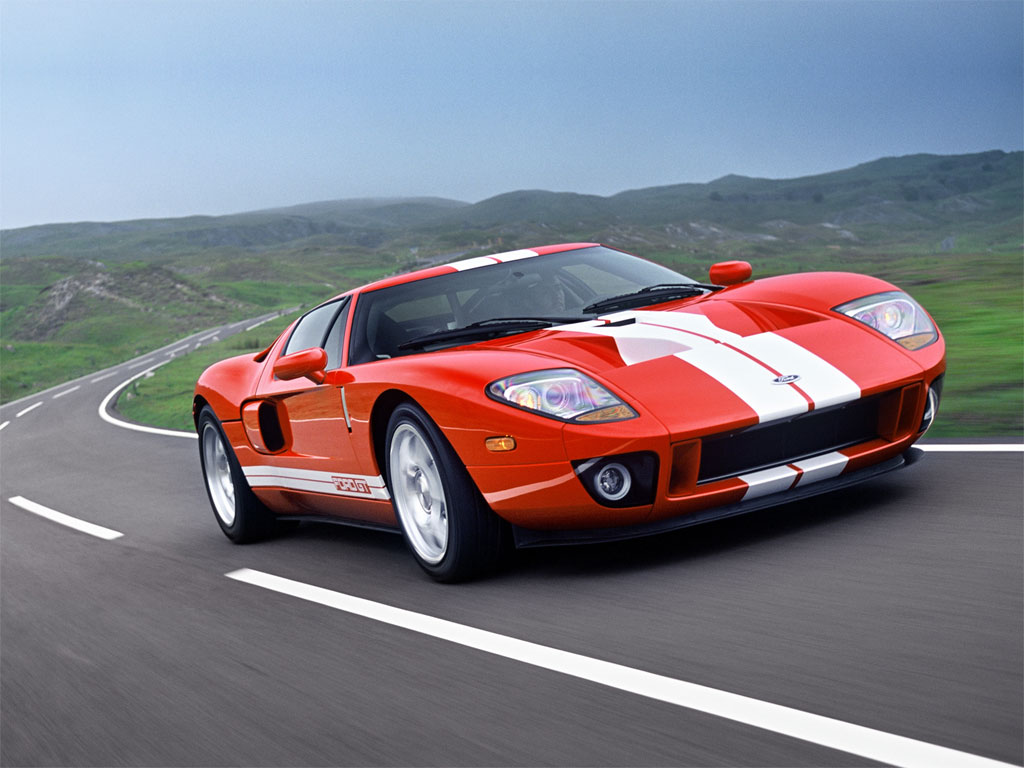 ford cars
ford cars ford cars
ford cars
ford cars






 sports cars
sports cars

